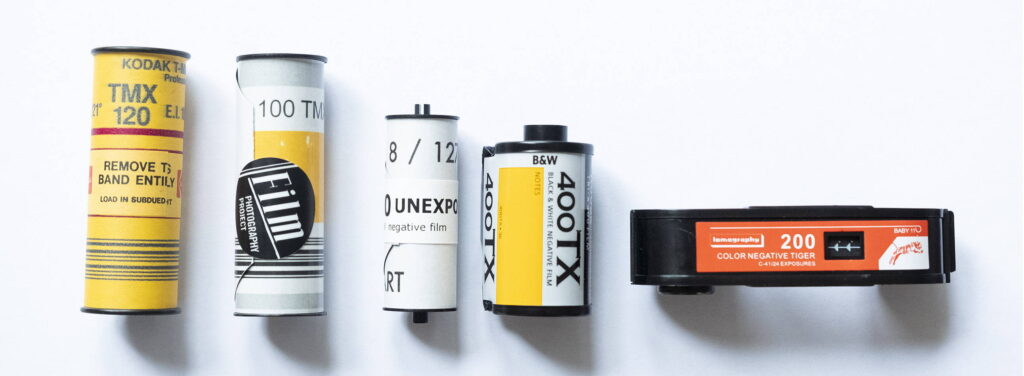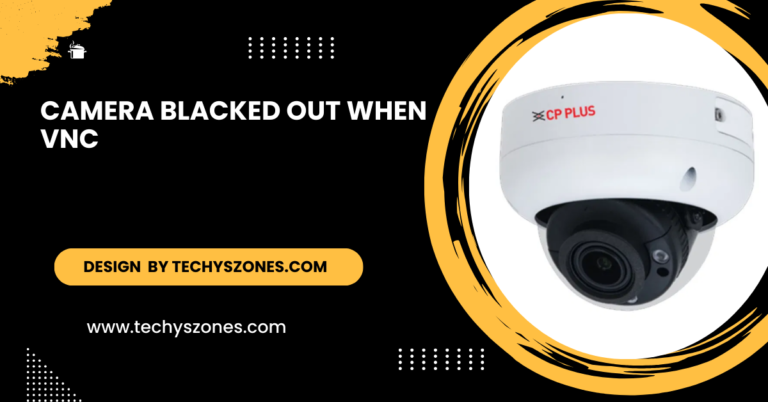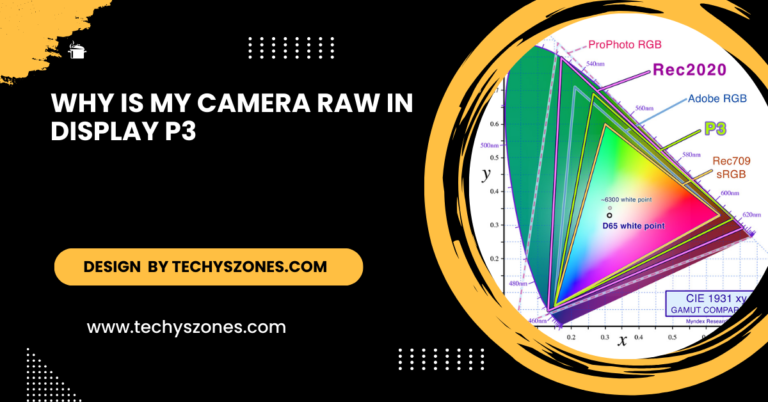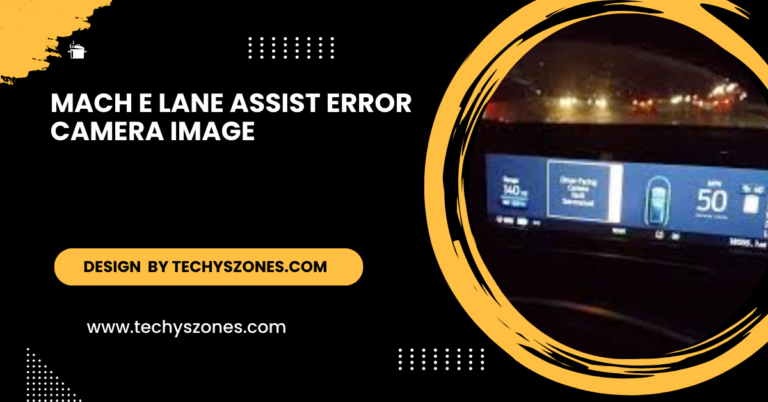What Film Does Medium Format Cameras Take – A Complete Guide!
This article explores the various film alternatives available for medium format cameras, including slide, black-and-white, and color negative films.
In this article, we explore the different film types used in medium format cameras, including color negative, slide, and black-and-white films. We provide detailed information on popular films like Kodak Portra 400, Fujifilm Velvia 50, and Ilford HP5 Plus.
What is Medium Format Film?

In simple terms, “medium format” refers to a film size that is larger than the standard 35mm film. Medium format films generally come in sizes ranging from 6×4.5 cm to 6×9 cm, and they are typically used in cameras that produce higher-quality images compared to 35mm cameras.
The extra film size allows for more detail, less grain, and better tonal range, which makes it a popular choice for professional photographers, especially those focusing on portraiture, fashion, and landscape photography.
Unlike the compact 35mm film, medium format film typically comes in two common roll sizes: 120 and 220. The difference between these two roll types is in the length of the film, which affects the number of exposures you can get.
Common Medium Format Film Sizes:
- 120 Film: This is the most widely used medium format film. It’s available in a variety of frame sizes, including 6×4.5 cm, 6×6 cm, 6×7 cm, 6×9 cm, and even panoramic formats. A 120 roll generally allows for between 12 and 16 exposures, depending on the format used (i.e., a 6×6 frame will give you 12 exposures, while a 6×4.5 frame might give you 16).
- 220 Film: Essentially an extended version of 120 film, 220 film is the same width (60mm), but it’s double the length, which allows for more exposures—up to 24 or 36 frames, depending on your camera format. However, 220 film is becoming less common, and fewer medium format cameras are made to accommodate it.
Both 120 and 220 films are wound onto spools and used in manual or automatic film-loading cameras, and each type offers distinct advantages in terms of exposure count.
Types of Medium Format Film Stocks:
Now that you understand the size options, it’s time to explore the types of film stocks available. Different films offer various characteristics such as color accuracy, contrast, grain structure, and exposure latitude. Here are some of the most popular medium format film stocks:
Color Negative Film:
Color negative film is the most common choice for medium format photographers. It’s versatile and can produce wide exposure latitude and balanced colors. This type of film is ideal for general photography, portraits, landscapes, and even indoor shoots.
- Kodak Portra 400: One of the most famous medium format color negative films, Kodak Portra 400 is loved for its fine grain, natural skin tones, and wide exposure latitude. Whether you’re photographing portraits or landscapes, Portra 400 offers smooth tones and incredible flexibility in different lighting conditions.
- Fujifilm Pro 400H: Known for its soft, pastel-like color palette, Fujifilm Pro 400H is another popular choice among portrait photographers. It offers natural skin tones, minimal grain, and excellent color accuracy. It’s also praised for its ease of use in bright and overcast conditions.
- Kodak Ektar 100: This film is known for its bold, vibrant colors and extremely fine grain. Kodak Ektar 100 is an ideal choice for landscape photographers or anyone who wants sharp, high-contrast images with eye-catching colors. Its lower ISO (100) makes it best suited for bright daylight conditions.
- Fujifilm Superia X-TRA 400: Fujifilm’s Superia X-TRA 400 offers strong color reproduction, especially in green and blue tones, which is great for nature and outdoor photography. It’s known for its balanced color palette and fine grain, making it versatile for different lighting environments.
Slide Film (Reversal Film):
Slide film, or reversal film, produces positive images directly on the film strip, unlike color negative film, which must be developed into prints. Slide film offers higher contrast and more vibrant colors but can be less forgiving in exposure.
- Fujifilm Velvia 50: Famous for its rich, saturated colors and sharpness, Velvia 50 is a great choice for nature and landscape photography, particularly when you want to bring out vivid reds, greens, and blues. It’s known for its high contrast and grain structure.
- Kodak Ektachrome E100: Ektachrome E100 is another slide film that offers fine grain and natural color reproduction. It’s great for professional photographers who need more control over their exposures and want the vivid color and sharpness that slide film offers.
Black-and-White Film:
Black-and-white film is a classic choice for photographers who wish to explore the timeless and artistic aspects of photography. While color films capture the world as we see it, black-and-white films add an emotional, evocative layer to your images.
- Ilford HP5 Plus: A workhorse for black-and-white photographers, Ilford HP5 Plus is known for its balanced tonal range, fine grain, and high contrast. It’s one of the most versatile black-and-white films and can be pushed or pulled for various exposure requirements.
- Kodak Tri-X 400: Tri-X 400 is another iconic black-and-white film with a distinct look. Known for its high grain and sharp contrast, it’s often favored for street photography, documentary work, and portraiture.
- Fujifilm Acros 100 II: Acros 100 II is a newer iteration of Fujifilm’s classic Acros film. It delivers outstanding sharpness and a smooth tonal range. It’s particularly good for fine art photography and portraiture due to its excellent tonal gradation.
Read More: Are Traffic Cameras A Threat – A Deep Dive into Their Effectiveness!
Choosing the Right Medium Format Film for Your Camera:
When selecting film for your medium format camera, there are several factors to consider:
ISO Rating:
The ISO rating of a film determines its sensitivity to light. Films with a higher ISO (such as Kodak Portra 800 or Fuji Superia 800) are better suited for low-light or indoor shooting, while lower ISO films (like Kodak Ektar 100) excel in bright outdoor conditions and offer finer grain.
Film Type:
Color negative film is versatile and forgiving, especially for beginners. However, slide film (reversal film) offers more vibrant colors and higher contrast but can be more difficult to use due to its limited exposure latitude. Black-and-white film adds a timeless aesthetic and is especially useful for fine art photography.
Exposure Latitude:
Exposure latitude refers to the range of exposure variations a film can handle while still producing good results. Color negative films like Kodak Portra 400 have wide exposure latitude, meaning they can handle slight overexposure or underexposure. Slide films, on the other hand, are more sensitive to exposure errors.
Camera Compatibility:
Not all medium format cameras are compatible with both 120 and 220 film types, so make sure your camera can accommodate the specific film roll you intend to use. Most modern medium format cameras can handle 120 film, but 220 film is becoming rarer and is only supported by some specific camera models.
FAQ’s
1.What film do medium format cameras use?
Medium format cameras primarily use 120 and 220 roll films, with 120 being the most common. These films come in various frame sizes such as 6×4.5, 6×6, and 6×7.
2.What is the difference between 120 and 220 film?
The key difference is that 220 film is double the length of 120 film, allowing for more exposures—up to 24 or 36 frames.
3.Which color negative film is best for portraits?
Kodak Portra 400 and Fujifilm Pro 400H are the best choices for portraits, offering natural skin tones and excellent color reproduction.
4.Can medium format cameras use black-and-white film?
Yes, black-and-white films like Ilford HP5 Plus and Kodak Tri-X 400 are popular choices for medium format cameras, providing excellent tonal range and contrast.
5.What is slide film and when should I use it?
Slide film (reversal film), like Fujifilm Velvia 50, produces positive images and offers vibrant colors and high contrast.
Conclusion:
Medium format film offers unparalleled image quality, making it the perfect choice for photographers who want to capture exceptional detail, vibrant colors, and rich tonal ranges. By understanding the different types of films available whether it’s color negative, slide film, or black-and-white photographers can select the ideal film for their creative needs.






